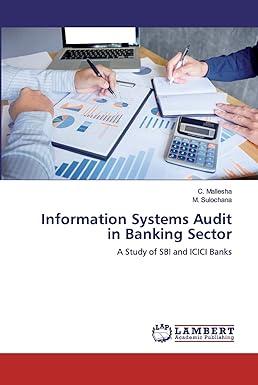
Problem 2 (Indirect utility - an application to tax theory) Consider a typical family that spends a budget M=338 on imported goods (x) and on domestically produced goods (y). The family spends half of their budget on imported goods and the other half on domestically produced goods. You can summarize their preferences over the two types of goods using the utility function U(x,y)=x0.5y0.5. Suppose that the price of x and the price of y are equal to Px=Py=1 (remember that we can always adjust the units of the two goods so that each unit costs 1). 1. First, let's see how the family allocates their budget when there are no taxes on either imported or domestically produced goods. Find the family's optimal basket at the original prices and illustrate it in a graph where you measure imported goods along the horizontal axis. Now, suppose that the Government wishes to create a new revenue stream and decides to introduce a tax on imported goods (a tariff). Suppose that tax collects 69c on each unit of imported goods and raises the unit price of imported goods to P'x =1.69. 2. How does the tariff affect the family's purchases of imported goods and of domestic goods? 3. What is the family's level of indirect utility with the tariff in place? 4. What is the revenue the government can raise from this tax if there are 1 million typical families? To raise revenue, the Government could use a consumption tax instead. The tax would raise both the price of imported goods and the price of domestic goods by the same percentage. 5. Show that such a tax would leave the opportunity cost of imported goods unaltered and that it would have the same effect as an income tax that lowers the family's budge. Now, find the consumption tax rate t that would lower the typical family's welfare to the same level as the tariff. 6. With the general tax in place, the price of imported goods and domestic goods would rise to P "x =(1+t) and P"y=(1+t). Find the family's optimal basket at these prices as a function of the tax rate t. 7. Substitute these expressions into the family's utility function and find how the family's welfare varies with the tax rate t. 8. By setting the expression for the family's indirect utility as a function of equal to the indirect utility you found in part 3 . 9. Assuming there are 1 million typical families, how much revenue would the government raise if instead of the tariff it introduced a consumption tax instead? What do you think drives the difference? Problem 2 (Indirect utility - an application to tax theory) Consider a typical family that spends a budget M=338 on imported goods (x) and on domestically produced goods (y). The family spends half of their budget on imported goods and the other half on domestically produced goods. You can summarize their preferences over the two types of goods using the utility function U(x,y)=x0.5y0.5. Suppose that the price of x and the price of y are equal to Px=Py=1 (remember that we can always adjust the units of the two goods so that each unit costs 1). 1. First, let's see how the family allocates their budget when there are no taxes on either imported or domestically produced goods. Find the family's optimal basket at the original prices and illustrate it in a graph where you measure imported goods along the horizontal axis. Now, suppose that the Government wishes to create a new revenue stream and decides to introduce a tax on imported goods (a tariff). Suppose that tax collects 69c on each unit of imported goods and raises the unit price of imported goods to P'x =1.69. 2. How does the tariff affect the family's purchases of imported goods and of domestic goods? 3. What is the family's level of indirect utility with the tariff in place? 4. What is the revenue the government can raise from this tax if there are 1 million typical families? To raise revenue, the Government could use a consumption tax instead. The tax would raise both the price of imported goods and the price of domestic goods by the same percentage. 5. Show that such a tax would leave the opportunity cost of imported goods unaltered and that it would have the same effect as an income tax that lowers the family's budge. Now, find the consumption tax rate t that would lower the typical family's welfare to the same level as the tariff. 6. With the general tax in place, the price of imported goods and domestic goods would rise to P "x =(1+t) and P"y=(1+t). Find the family's optimal basket at these prices as a function of the tax rate t. 7. Substitute these expressions into the family's utility function and find how the family's welfare varies with the tax rate t. 8. By setting the expression for the family's indirect utility as a function of equal to the indirect utility you found in part 3 . 9. Assuming there are 1 million typical families, how much revenue would the government raise if instead of the tariff it introduced a consumption tax instead? What do you think drives the difference







